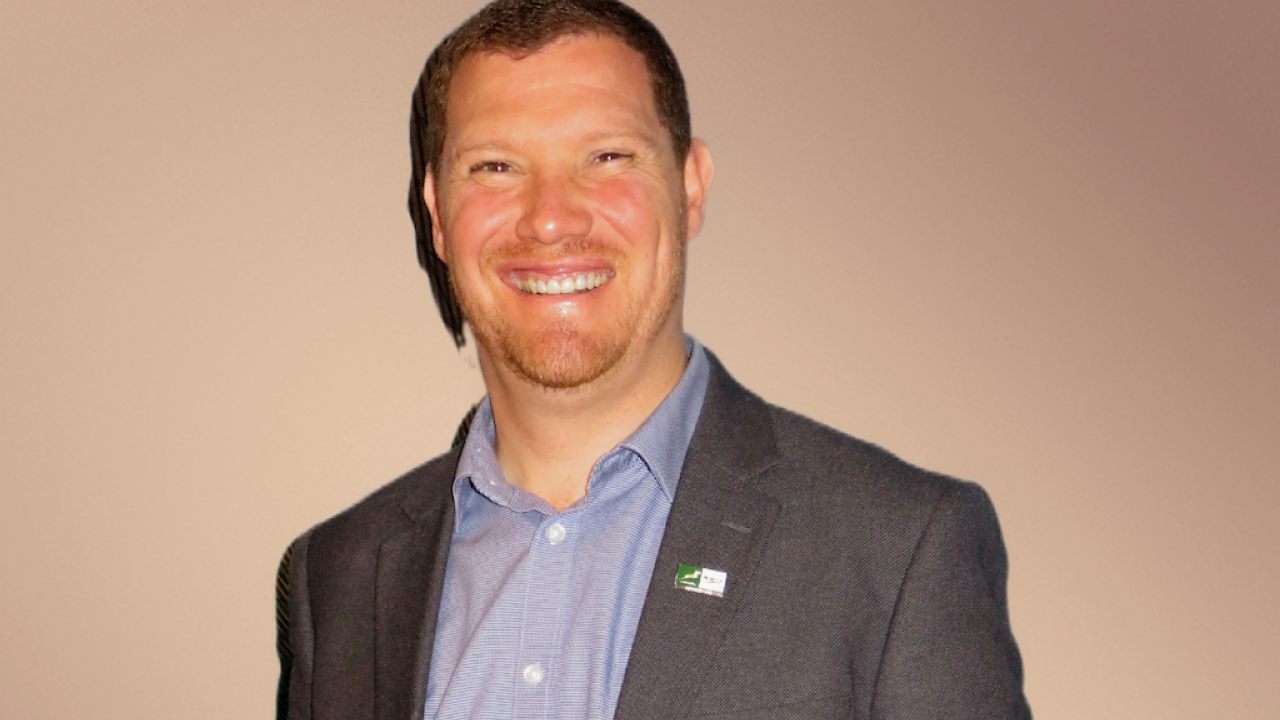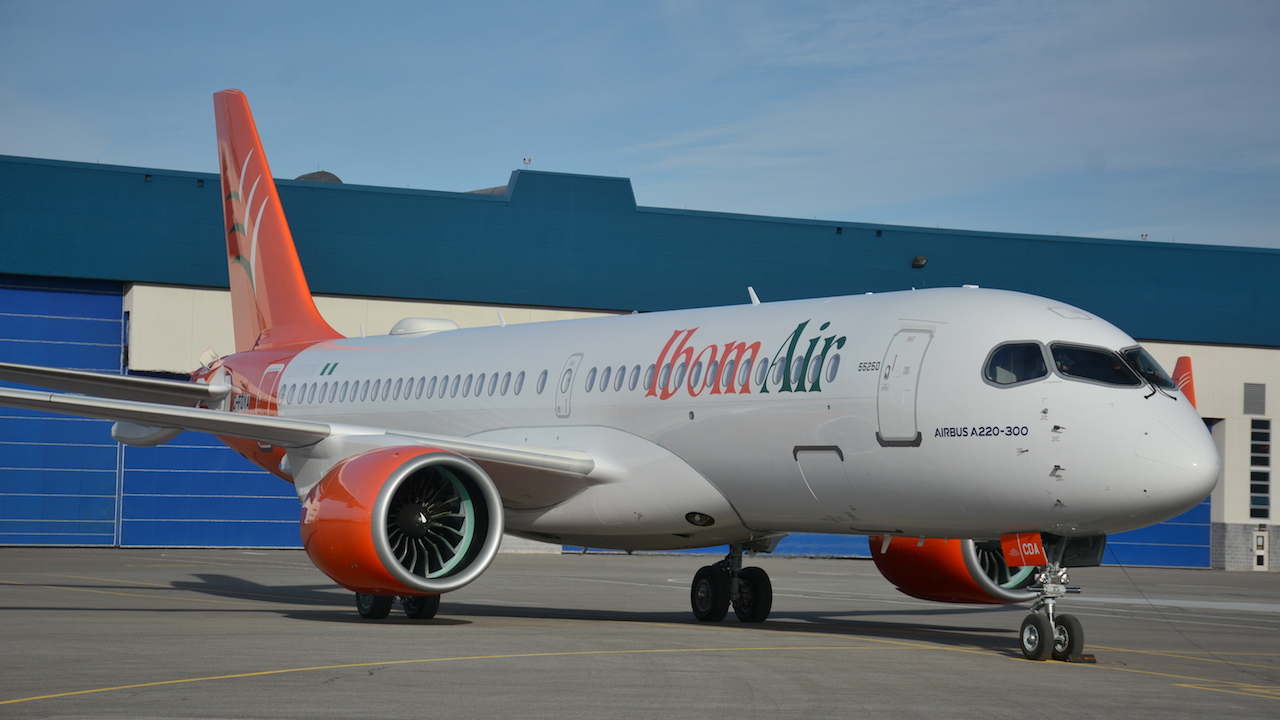Safair so good
South African low-cost airline, FlySafair, is on a rapid expansion flightpath.

Elmar Conradie: “We believe that there is certainly opportunity in the market and, hence, our expansion plans.” Picture: Guy Leitch.
FlySafair is expanding beyond South Africa. It has already started Mauritius flights and, in October, announced it had received approval to operate flights to 11 new destinations within the southern African region.
It’s no wonder, then, that airline CEO, Elmar Conradie, is in bullish mood.
“Mauritius has been a wonderful extension to our existing route network and we certainly see an opportunity for further regional expansion,” he said.
The new destinations, approved by the Air Services Licensing Council of South Africa, include flights from Cape Town and Johannesburg to Gaborone, Livingstone, Luanda, Lusaka, Maputo, and Victoria Falls.
In addition, the airline has been approved for frequencies from Johannesburg to Bulawayo, Nairobi and the Seychelles, as well as between Cape Town and Windhoek.
Its application for routes between Johannesburg and Harare, Windhoek and Zanzibar, and additional frequencies to Mauritius, were still pending as African Aerospace went to press.
FlySafair can now engage the relevant airport and civil aviation authorities in each market and begin planning its flight schedules.
“We’ll initiate projects to set everything up and isolate the aircraft to deploy on the new routes. We envisage some services to start early this year,” said Conradie.
As of early August, FlySafair had 22 aircraft – five B734 classics and the rest all B738 NGs. “We’ll be adding additional aircraft, so that will take us up to a full fleet of 20 B738 NGs and the five classics,” said Conradie.
The CEO acknowledged that, with Comair and Mango having recently folded, FlySafair sees opportunities.
“There were a number of great people who were displaced when those companies closed. We have hired a good deal of those to help crew our expansion,” he said.
“There is an interesting market dynamic at the moment because there are so many factors at play. These include competitor dynamics, changing interest rates affecting people’s disposable income, changing confidence around Covid and particularly corporate travel policies, shifts in inbound international travel volumes, and the increasing cost of fuel.
“When we lay this over expected seasonality trends it becomes pretty tough to really isolate any specific trend for certain.
“That said, the net result is that the South African domestic market is far smaller than it was pre-Covid in terms of supply. At this stage, we estimate that about half of what was available then is up for sale now. What has been interesting is that, with the higher load factors and increased frequencies, we believe that the current passenger numbers are only 10% lower than before Comair exited the market.
“The question, though, is whether there is more demand now than before due to all these changing dynamics.
“We are seeing very high load factors at the moment during periods when they would normally have been good, but not very good. This is indicative of the market dynamics being out of sync as that supply seems more easily overwhelmed by demand – but only when there is demand.
“There are times when the demand is obviously softer, where loads and yields would indicate that the market is actually quite adequately served.
“In the bigger scheme of things, and with an optimistic view on economic recovery, we believe that there is certainly opportunity in the market and, hence, our expansion plans.”
One major issue facing the airline, however, is high fuel costs.
“The fuel price is having a huge impact,” admitted Conradie. “Fuel is now 50% of our operating costs. Naturally this means that the minimum sustainable price point in the bigger pricing matrix will need to lift in order to maintain a sustainable operation.”
Despite the fuel problems, FlySafair is operating about 50% more flights per day than it did going into Covid and Conradie said he was pleased with the way the airline’s business-class offering, launched just after lockdown in mid-2020, had been received.
“The model is based on the very common inter-European business-class solution, where airlines use the same seats but block or neutralise the centre seat in a row of three to offer customers a bit more space and, importantly, a bit more privacy,” he explained.
“Our solution includes the blocked seat, two pieces of checked luggage at 23kgs each, a third piece of checked luggage for sports equipment at 32kg, priority boarding, priority baggage handling, full refundability to a voucher, unlimited penalty-free changes, and an allowance for snacks and beverages off the trolley. It’s been very well received.”
Stay up to date
Subscribe to the free Times Aerospace newsletter and receive the latest content every week. We'll never share your email address.


